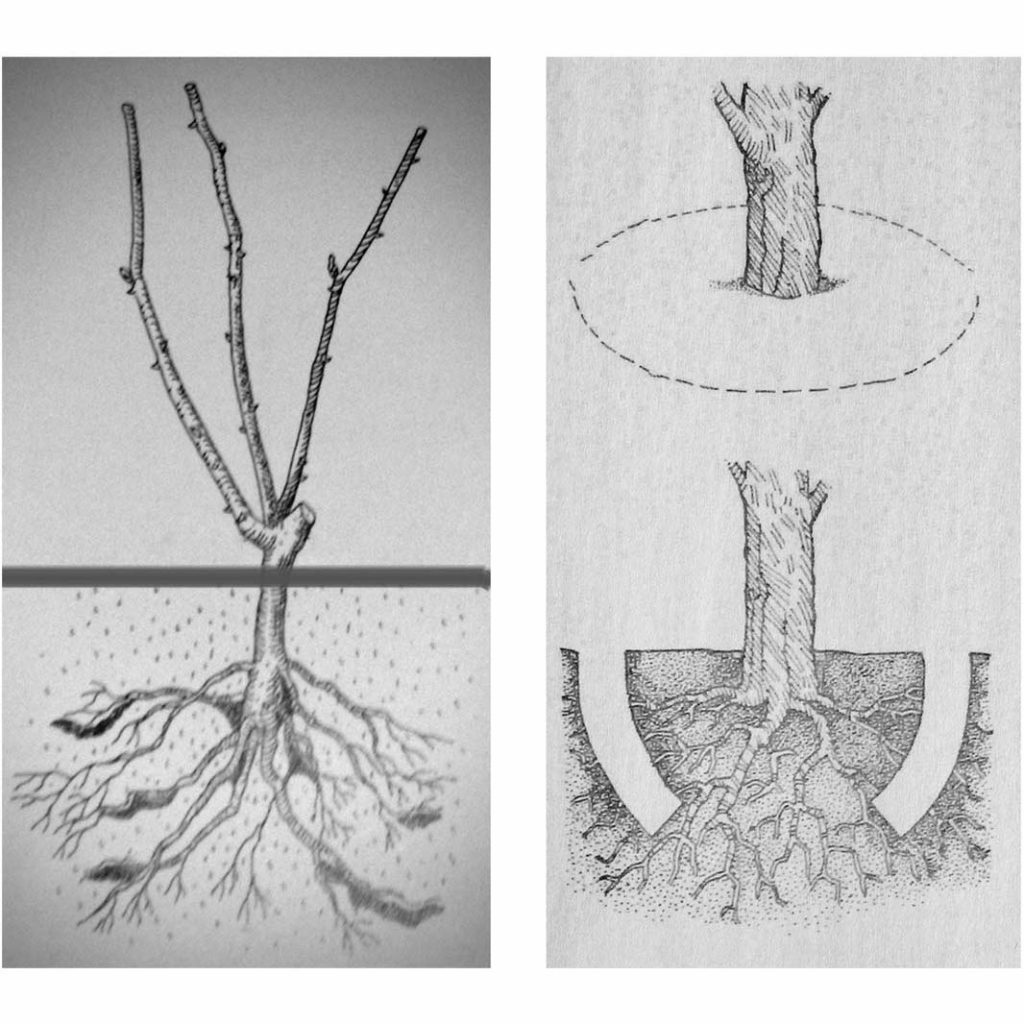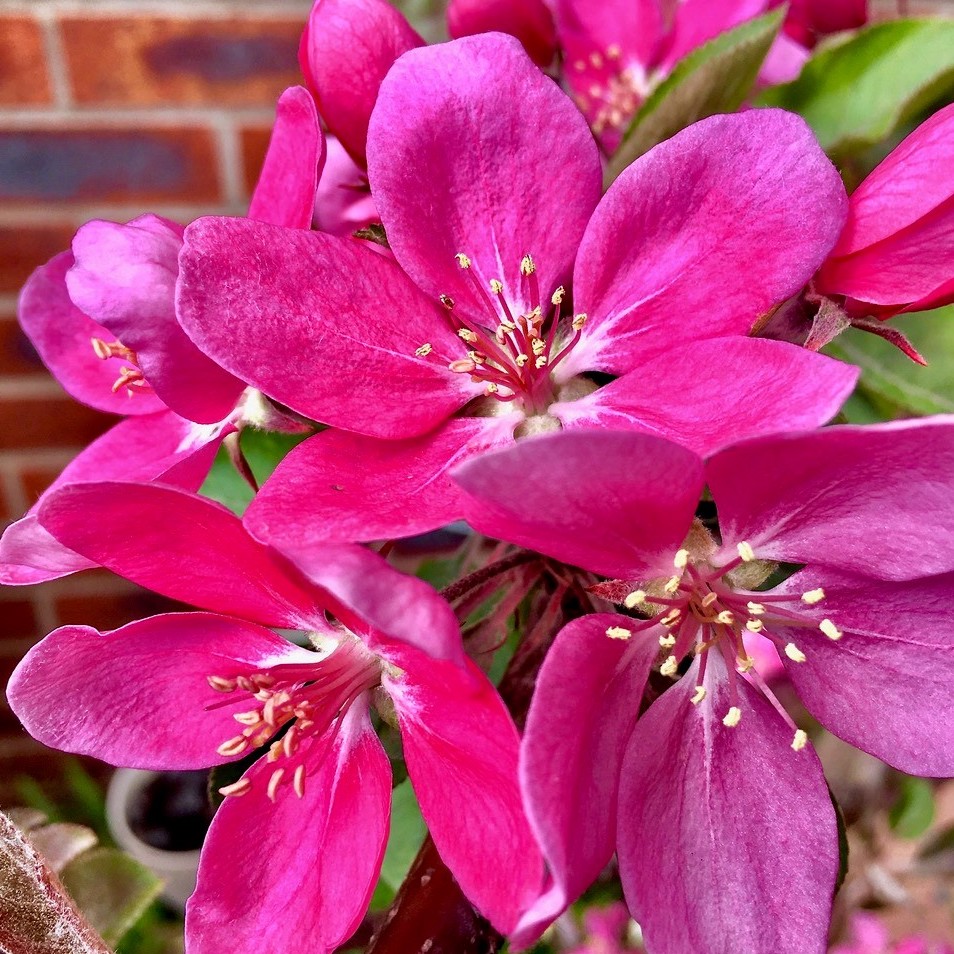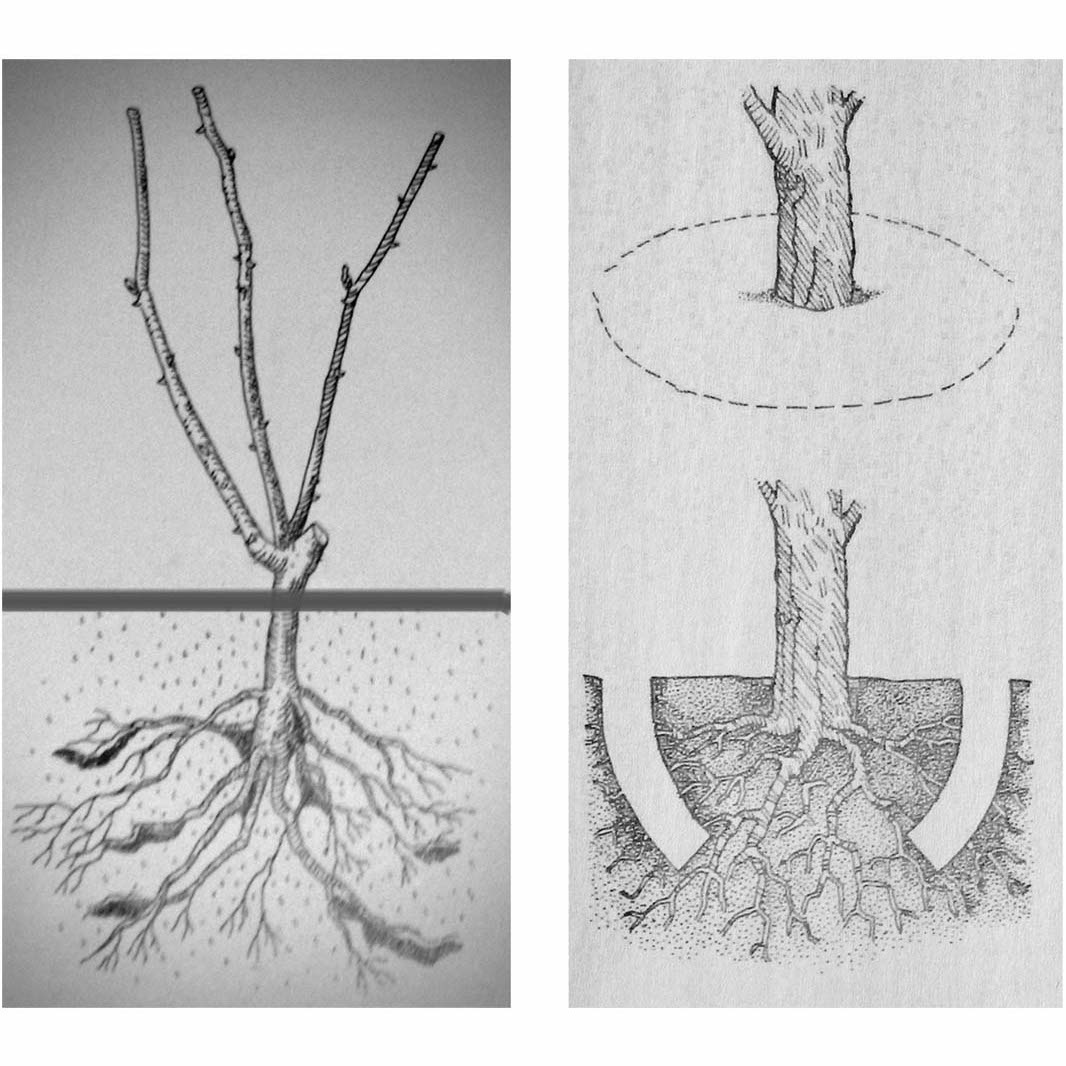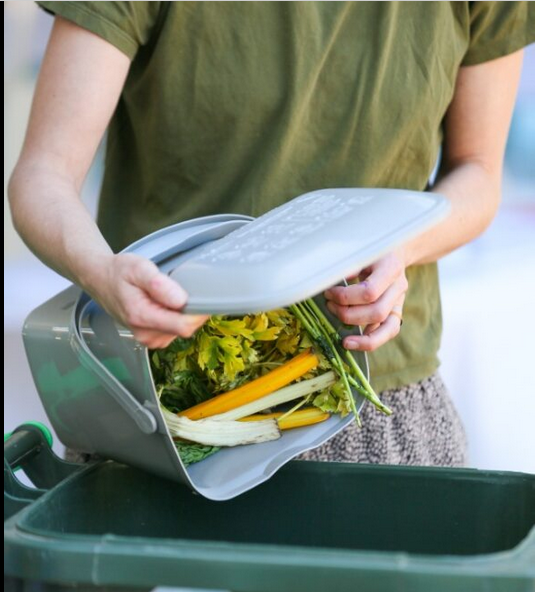June 8th, 2020Glen, about the house -Moving experience
Sometimes trees and shrubs may need to be moved to another part of the garden, or perhaps even to another garden. The safest and best time of the year is now, Winter, when plants close down to protect themselves from the cold, some even shedding their leaves.
Deciduous trees and shrubs, while in the depths of their dormancy, can handle a lot more abuse than evergreens and don’t normally suffer any setback if transplanted during the cold months. Provided their roots aren’t allowed to dry out, they can even withstand having the soil completely removed from their root systems for short periods. Hence the ability to purchase “open-rooted” deciduous ornamental and fruiting trees, berries and vines, and the semi-deciduous roses. These usually come with their roots packed in sawdust or straw and wrapped tightly in black plastic. In pre-plastic time we used hessian cloth, which I think was much better because, apart from being more environmentally-friendly, you could delay planting out by keeping the hessian damp. Leave the plants too long in the plastic and the roots sweat, or worse, dry out.
If you plan to shift a deciduous tree or shrub, water the soil thoroughly around it a few days beforehand. At the same time, with a spade dig down in a circle around the “drip line” – just outside the branch ends – to sever the roots to make lifting easier.

To give the plant a good start in its new location, trim any damaged root ends and use a good, friable potting mix to pack around them in the new location. This treatment obviously applies to planting out new deciduous trees or shrubs.
Evergreen trees and shrubs, especially the delicate magnolias, camellias or rhododendrons, need more care and need to be transplanted with a ball of earth packed tightly around the roots. Even if the plant won’t be out of the ground for any length of time, wrap the ball tightly in a sheet of sacking or an old tablecloth or bedsheet to prevent it breaking apart.
This way you can plant it sheet and all, merely cutting away any showing above ground to keep the roots intact. The cloth will soon erode enough for the roots to penetrate.
In the case of well-established plants, I recommend a little preparation to lessen the shock. Several weeks ahead of the move, mark out a drip line circle around the plant and dig a spade-depth trench about a quarter of the length of the circle and fill the trench with straw, sawdust…anything that will stay moist. Dig another section on a weekly basis until the circle has been completed for at least another week. Keep the soil moist with regular watering until it’s time to move. Pre-dig the new hole a week before the move.

To make the move, work the spade around each side to sever the roots under the ball before lifting the plant. Large ones will usually need several people with spades to get the plant out cleanly. Have the sheet ready for the plant and be ready to wrap it tightly at the top to keep it all together and slide, rather than carry it to its new home.
Be sure to pack the soil down around the root ball and water it in thoroughly even if it is raining, and then support the plant with three well-spaced stakes to prevent wind damage.
Got a gardening question? Ask Glen. Email glenzgarden@gmail.com
Words for images:
Image 1: Winter is a great time for planting deciduous ornamental and fruiting trees like this beautiful bronze-leafed crab-apple, malus x purpurea eleyi
Image 2: Right – Digging a hole to move a plant. Left – when planting roses and deciduous trees, always plant with the bud joint above ground










